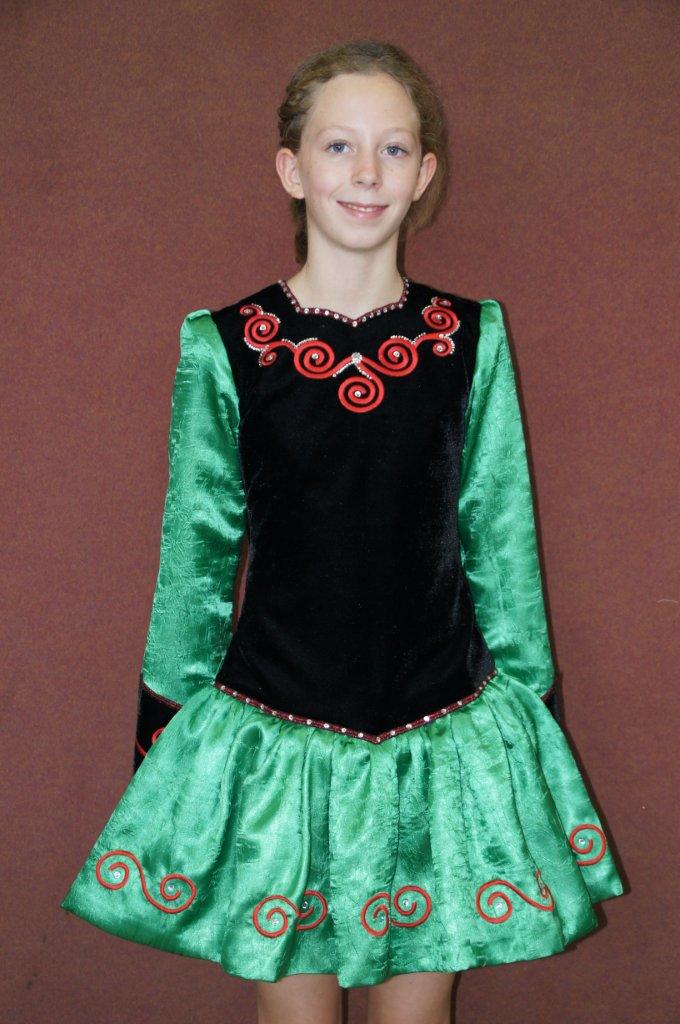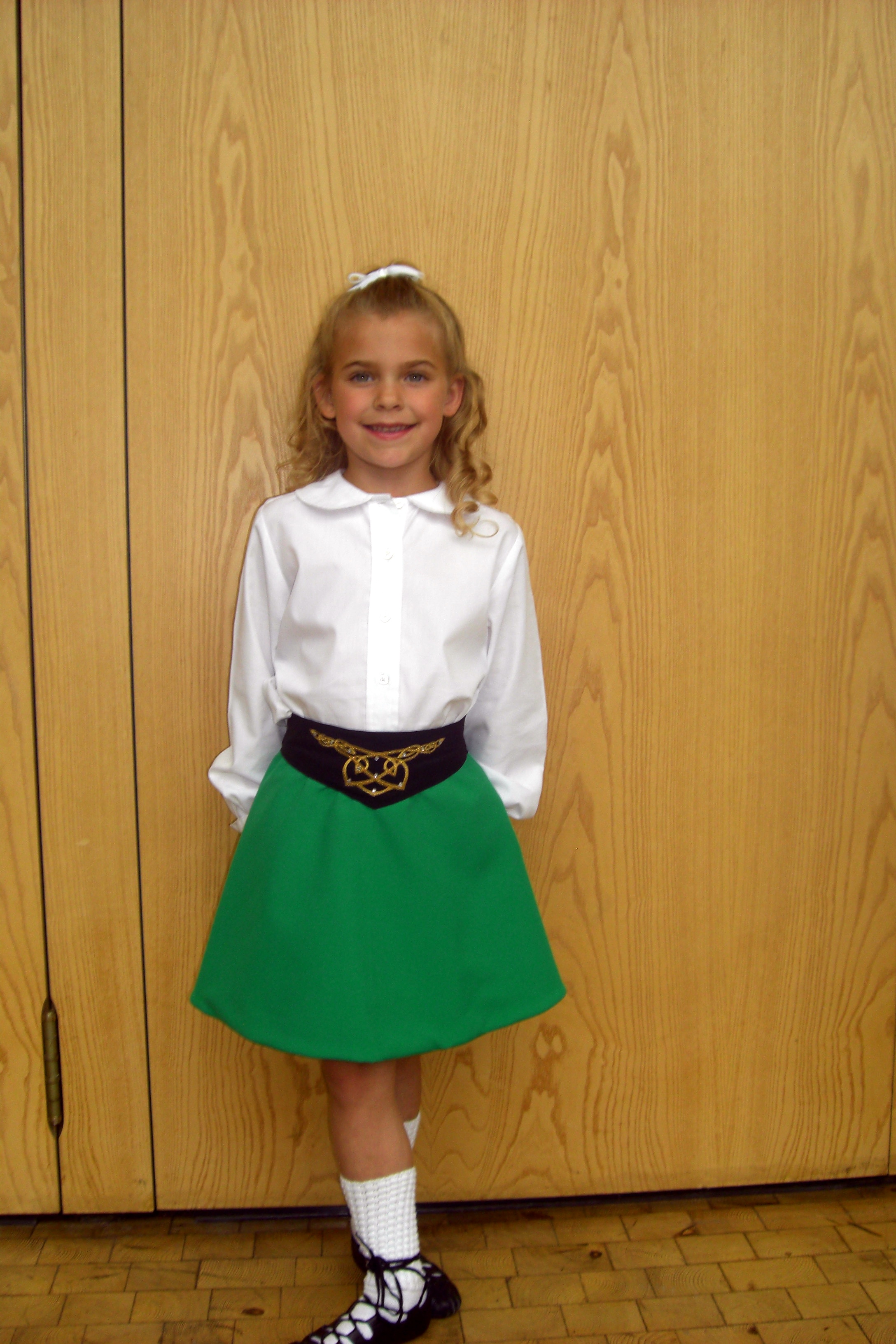

As with everything, learning Irish dance means starting at the bottom and getting the basics right – not everyone can be Michael Flatley after the first course! Courses and competitions in Mainland Europe with CLRG are usually divided into four levels, Beginner, Primary, Intermediate and Open.
All Irish solo dances consist of an introductory movement called the lead around, followed by the side-step and then a series of more complicated steps constituting the body of the dance before completing the dance once more with the lead around.
Beginner Level - basic steps in softshoe & hardshoe
Absolute beginners start with the basic steps in softshoe: the lead around, the side-step and basic skips and hops. After one course the beginner should be able to dance one full basic soft-shoe dance (basic reel, basic jig, basic slip jig or basic single jig,) Usually students master two or more basic soft-shoe dances and hard-shoe dances before progressing to primary status.
Primary Level – slightly more advanced steps in softshoe & hardshoe
Primary dancers work on their body posture and precision of movement together with beginning to learn more advanced reels and hard-shoe dances, e.g. Heavy Jig, St. Patrick’s Day and The Blackbird.
Intermediate Level – more complicated steps in softshoe & hardshoe
The intermediate dancer concentrates on mastering more complicated rhythms, steps and choreographies: such as the Advanced Heavy Jig, Treble Reel and Advanced Hornpipe.
Open Level - The highest level of Irish dancing in softshoe & hardshoe
Many open dancers try to qualify to dance at the World Irish dancing championships.
When a dancer wins in a grade or level at an open Feis in a particular dance he or she automatically moves into the higher grade and may not dance in the lower grade again in that particular dance. The rule changes slightly for Intermediate dancers who may move back from Open to intermediate if they have not won Intermediate twice in one year or have not won that dance in Open level.
Points to Remember
The side-step is the basis of all Irish dances, and must be mastered before the dances can be executed with any degree of grace.
Interchange of positions by the dancers where the side-step is not specified is performed in a simple 1,2,3, movement in either reel time, i.e., 2/4 time, or jig time, i.e., 6/8 time.
Before attempting any particular dance learn the side-step, and be able to move in any and every direction at will to the 1,2,3, movement. Practise these movements to a dance tune.
Always dance lightly on the toes or on the ball of the foot.
Each movement is performed to a set number of bars in the music, so that when the dancers return to position at the completion of one movement they are ready to commence the next.
Reflect the rhythm of the music in the movements of the feet.

All dancers must wear Irish dancing shoes in class. Of course if you are a beginner and just trying it out, trainers, gym shoes and even socks will suffice. If you have been dancing for two months or more we expect you to purchase the necessary shoes.
All dancers’ ankles should be visible so a pair of shorts, leggings, or a skirt is recommended. Light T-shirts can be worn and should not be too baggy so the teacher can correct bad posture.
As Irish Dance is a vigorous and energetic sport, it is recommended to also bring a towel and something to drink to class.
Please contact the teacher if you need help in purchasing any irish dancing items.
Halpin School requires that all dancers in beginner and primary level who wish to compete must wear the class costume or uniform. Pictures of the class costume can be viewed in the gallery section, "Competition".
Only when a dancer reaches Intermediate & Open level may he or she wear a solo costume. Your teacher must be consulted when buying a solo or class costume.

